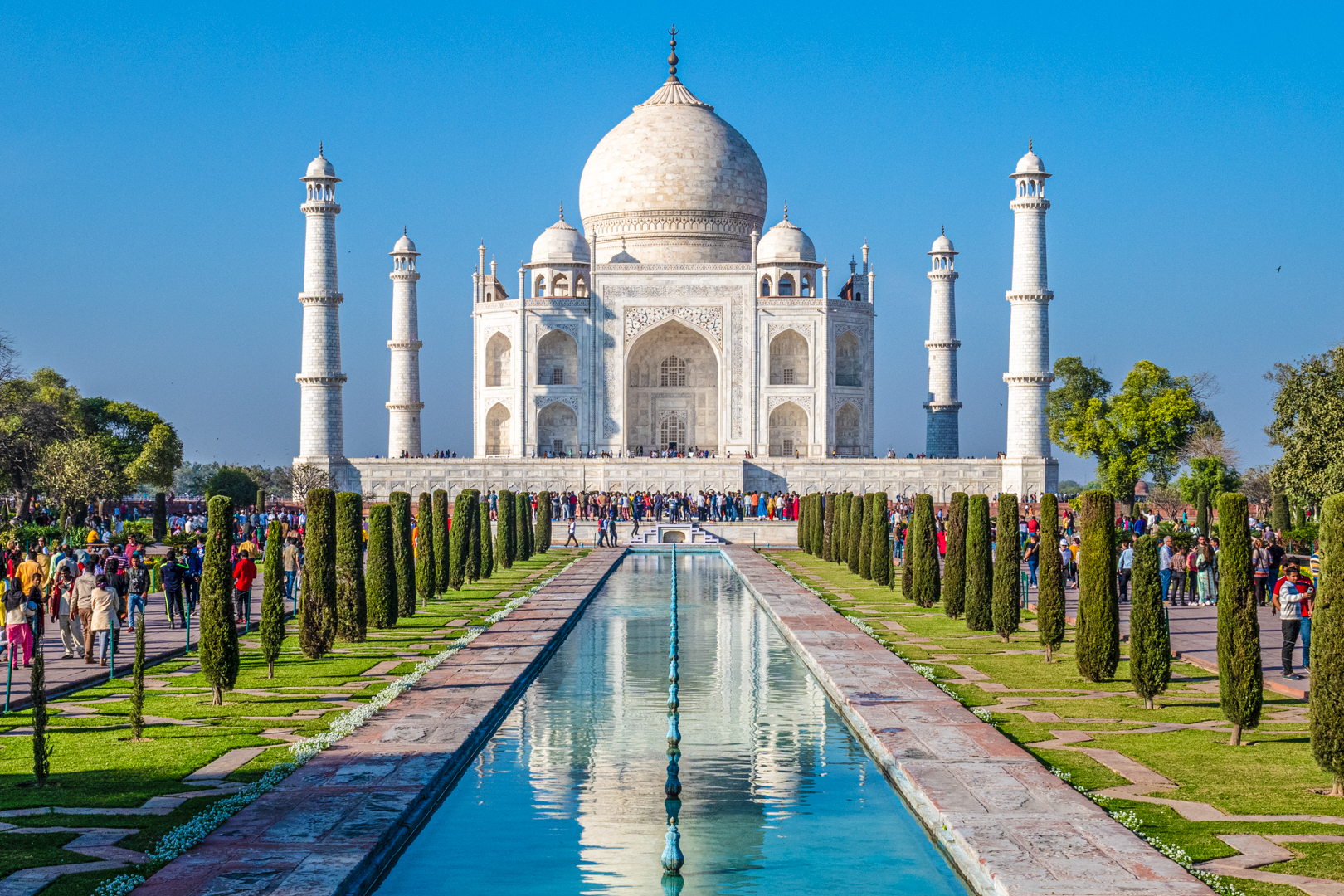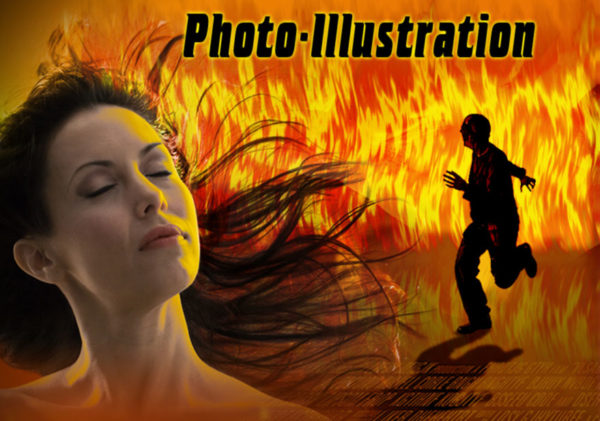Sampling the Visual Pleasures of the Lowest Point in the US
Every year, if I can, I spend and extended weekend in Death Valley with a small group of friends—we’ve been going to Death Valley to photograph for that last 30+ years. In the past I’ve been known to hike up the sand dunes with a 4×5 view camera, but nowadays I shoot with my Canon 5D DSLR and download files to a Macbook Pro back in the hotel room. I’ve posted some images from previous year’s trips here:
This last trip was a great opportunity to discover new things in Death Valley and new approaches to RAW file processing in Lightroom 4. I’ll share some more software tips in my next post—for now I’ll just provide an overview in photos.
This year, unlike years past, we all decided to stay at Stovepipe Wells, a small campsite/RV park/hotel on hwy 190 right near the sand dunes, which are a pilgrimage for us diehard photographers.
The hotel is also very close to Mosaic Canyon which has become a popular photo destination. This year we did Mosaic in the morning, and the dunes in the afternoon of the first day, before retiring to the saloon to sample the large selection of craft beers. The exertion of this first day proved to be a bit ambitious for most of us, and we had to take it relatively easy the following day. The valley is a different experience every year, even when returning to the same spot—lighting conditions and weather variations, time of day, and different attitudes contribute to a unique vision of the desert environment every time!

The early part of the Mosaic Canyon hike goes through a small slot canyon with polished rock walls that look like marble
One of the pleasures of shooting digital is that you can view the captured images right away on the back of the camera while you are still in the scene, as well as later the same day while the experience is still fresh. This has a huge impact on how you shoot, and I’ve found my photography has improved dramatically because I’m able to zero in on discoveries faster.

Mosaic Canyon is all about how the light reflects off the polished rock walls. This is the same spot in the canyon as the preceding shot, a few hours later!
This year I also found that the new process controls of Lightroom 4 changed how I controlled contrast, and I was able to get much better crafted images without going into Photoshop. This makes my process of discovery easier because I can visualize the finished image faster and know whether investing in more detailed enhancement in Photoshop is worthwhile.

Sand dunes become quite sensuous in the late afternoon light, right before the sun goes behind the mountains.
This year I was more interested in details and abstract compositions, but it was hard to resist the many vistas that beg to be captured in wide angles.
Mostly I’ve stayed with color in my Death Valley images, even though the valley is mostly about dramatic tone and contrast. This year I am experimenting with some B&W interpretations, most notably with shots taken in Rhyolite, small ghost town just over the border into Nevada. The crumbling buildings served up some interesting studies in contrast that were made easier with Lightroom 4’s new process sliders. I’ll have more to say about this in the next post!
I’ve been playing around with an almost day for night look that contributes to the surrealistic quality of the B&W images. In reality these building are glaringly bright — we were in Rhyolite at mid-day, not usually the best time to get dramatic lighting! I’m still working on these images but I think this approach shows some promise.
Here is a link to some shots from this year’s trip:
I’m thinking of organizing a photo safari to Death Valley in November – let me know if you are interested in participating. I will lead a small group to some of the best photo sites in the valley for a very modest fee and I’ll set up a digital projector at night to review work and discuss photo technique and image making strategies. Make your interest known in the comments…
Stay tuned for Lightroom 4 and Photoshop CS6 tips from the Death Valley adventure next…















